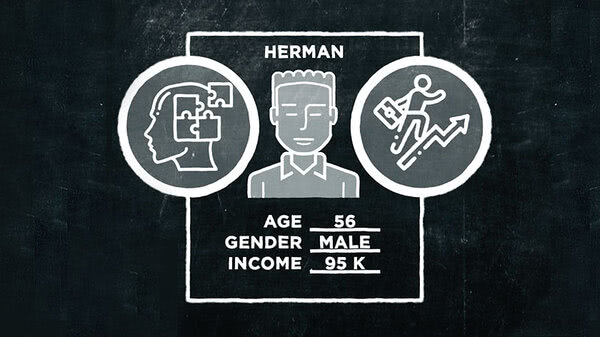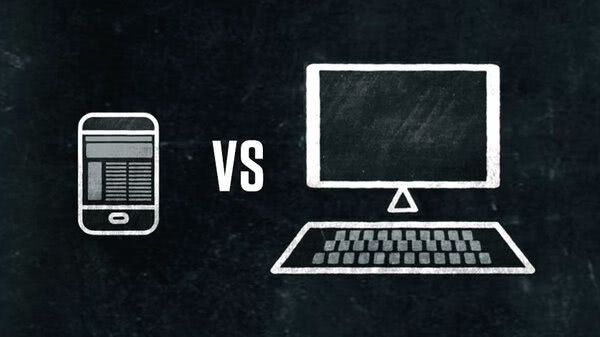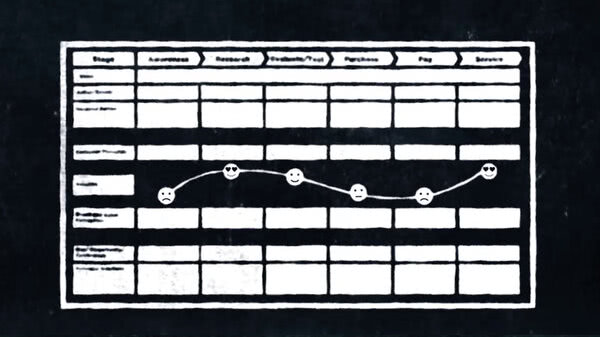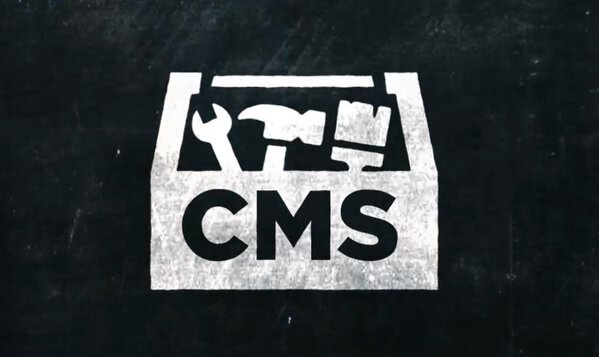In our previous video, we decided that a mobile app was the best solution for our first test case: a pharmaceutical rep looking to promote a new drug to physicians on her sales calls.
Now we're looking at a different enterprise case. A large oil and gas firm requires an orientation guide to onboard new hires. What would be their best bet for a digital solution? A website or a mobile app?
First, let's look at the company's hardware. In some jurisdictions, workers have been issued a standard set of computers. Elsewhere, employees are working with a hodgepodge of laptops, mobile phones, desktop computers, and tablets of various brands and qualities.
Here's where a website shines. It's just far less work to adapt a website to run on multiple browsers than it is to create a new app for every operating system and screen size. That's one for the website.
Then there's the language to consider. The oil and gas company has offices in dozens of countries around the globe. Most of their employees are fluent in only one language and that very often is not English, so which can be more easily modified to display text in multiple languages: an app or a website? Well. . .this one's a tie.
Both websites and apps can now be programmed to detect the default language of their platform's operating system and automatically display the text in that language. But what about access to wifi? Won't that present a problem for our petroleum giant if their on-boarding materials are only available on a website?
As it turns out, most of the company's computers and employees have continuous access to a network. And even if they didn't, the materials in the employee handbook are rarely needed immediately.
They're more something a new hire will read in between tasks during her first few weeks on the job. So you can probably wait until a network connection is available.
What about that orientation video and test that every new employee must view and take?
Of course, you can launch a video and administer a test from either a website or an app, but whenever playing a video is involved, you're dependent on a reliable network connection. One for the app, right? Well, ... wait.
You always have the option of downloading the video and then playing the file from the device. So again, that's a tie. For those of you at home who haven't been keeping score, that's two wins for the website. Two draws and no wins for the app.
A website, in general, is more easily updated than an app, but how often does an on-boarding handbook require updating? Most topics such as the general welcome and orientation, attendance and leave, pay and benefits, safety and security--they're going to stay more or less the same year after year. Employee-conduct guidelines might have to be updated more often, so that's a slight advantage to the web. All right, that's probably enough.
By the time you consider that a website is less costly to create than an application, it seems that for case study number two, the website is the winner, four to nothing.
So that's our second case study. It's not too difficult if you ask the questions one at a time.
Consider the user need first. Then platform requirements, network availability, and finally budget. A clear choice will usually emerge in the question of website or mobile app.















